A light year is a way of measuring distance. That doesn't make much sense because "light year" contains the word "year," which is normally a unit of time. Even so, light years measure distance.
Cool Fact
A light nanosecond -- the distance light can travel in a billionth of a second -- is about 1 foot (about 30 cm). Radar uses this fact to measure how far away something like an airplane is. A radar antenna sends out a short radio pulse and then waits for it to echo off an airplane or other target. While it's waiting, it counts the number of nanoseconds that pass. Radio waves travel at the speed of light, so the number of nanoseconds divided by 2 tells the radar unit how far away the object is!
You are used to measuring distances in either inches/feet/miles or centimetres/meters/kilometers, depending on where you live. You know how long a foot or a meter is -- you are comfortable with these units because you use them every day. Same thing with miles and kilometres -- these are nice, human increments of distance.
When astronomers use their telescopes to look at stars, things are different. The distances are gigantic. For example, the closest star to Earth (besides our sun) is something like 24,000,000,000,000 miles (38,000,000,000,000 kilometres) away. That's the closest star. There are stars that are billions of times farther away than that. When you start talking about those kinds of distances, a mile or kilometre just isn't a practical unit to use because the numbers get too big. No one wants to write or talk about numbers that have 20 digits in them!
So to measure really long distances, people use a unit called alight year. Light travels at 186,000 miles per second (300,000 kilometres per second). Therefore, a light second is 186,000 miles (300,000 kilometres). A light year is the distance that light can travel in a year, or:
186,000 miles/second * 60 seconds/minute * 60 minutes/hour * 24 hours/day * 365 days/year = 5,865,696,000,000 miles/year
A light year is 5,865,696,000,000 miles (9,460,800,000,000 kilometres). That's a long way!
Using a light year as a distance measurement has another advantage -- it helps you determine age. Let's say that a star is 1 million light years away. The light from that star has travelled at the speed of light to reach us. Therefore, it has taken the star's light 1 million years to get here, and the light we are seeing was created 1 million years ago. So the star we are seeing is really how the star looked a million years ago, not how it looks today. In the same way, our sun is 8 or so light minutes away. If the sun were to suddenly explode right now, we wouldn't know about it for eight minutes because that is how long it would take for the light of the explosion to get here.
There is a reason I put this up, NASA sent me an e-mail about a new Galaxy about to form 150,000 “light years” away, so i wanted to know how far was that away. Sorry i asked?!!!
Here is the e-mail below

The Possibility of a Brand New World
Several of the dwarf galaxies of in the Hickson Compact Group 31 are slowly merging. Will the result of these galactic collisions be one big elliptical galaxy? Most assuredly.
The pictured galaxies of Hickson Compact Group 31 will pass through and destroy each other, millions of stars will form and explode, and thousands of nebula will form and dissipate before the dust settles and the final galaxy emerges about one billion years from now. The above image is a composite of images taken in infrared light by the Spitzer Space Telescope, ultraviolet light by the GALEX space telescope, and visible light by the Hubble Space Telescope. Hickson Compact Group 31 spans about 150,000 light years and lies about 150 million light years away toward the constellation of Eridanus.
Image Credit: NASA, ESA, J. English (U. Manitoba), and the Hubble Heritage Team (STScI/AURA); Acknowledgement: S. Gallagher (U. Western Ontario)
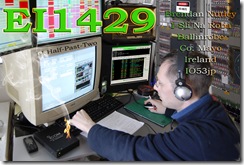 85 QSO’s
85 QSO’s 

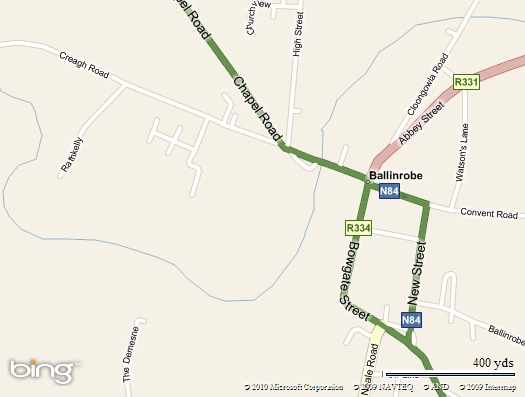


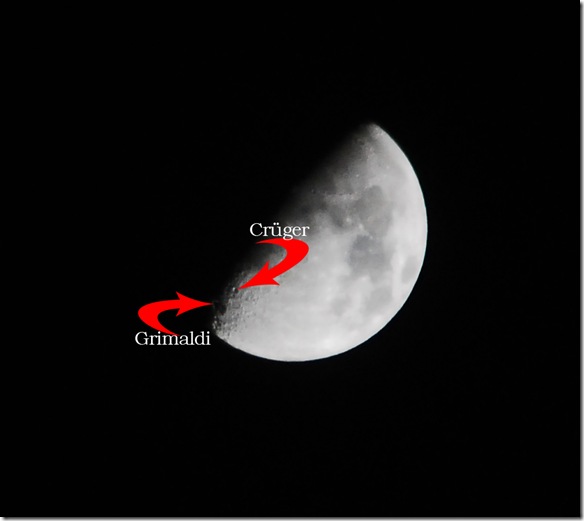
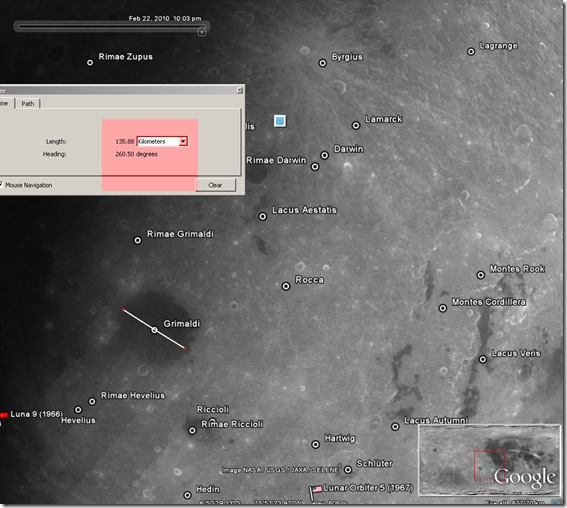
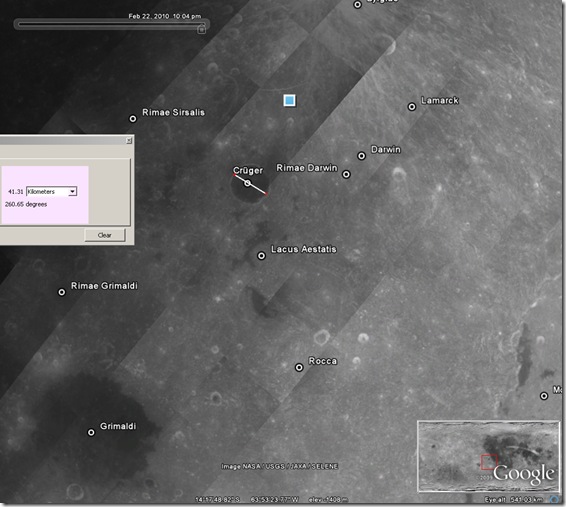


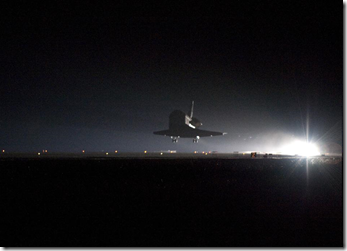
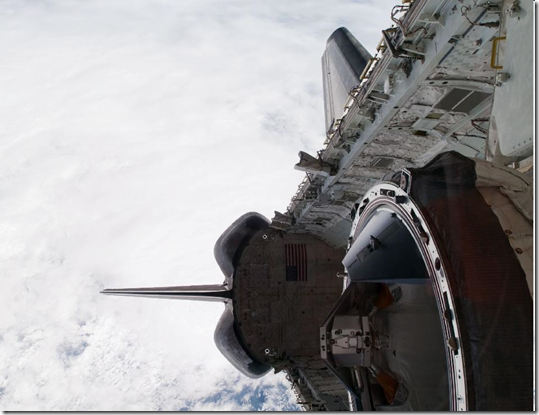
















 The STS-130 Shuttle launch has been scrubbed. The pre-launch team was not happy with the weather, and also the return landing area’s weather was not within comfortable limits for the spacecraft. The launch has been put back 24Hours.
The STS-130 Shuttle launch has been scrubbed. The pre-launch team was not happy with the weather, and also the return landing area’s weather was not within comfortable limits for the spacecraft. The launch has been put back 24Hours. 









